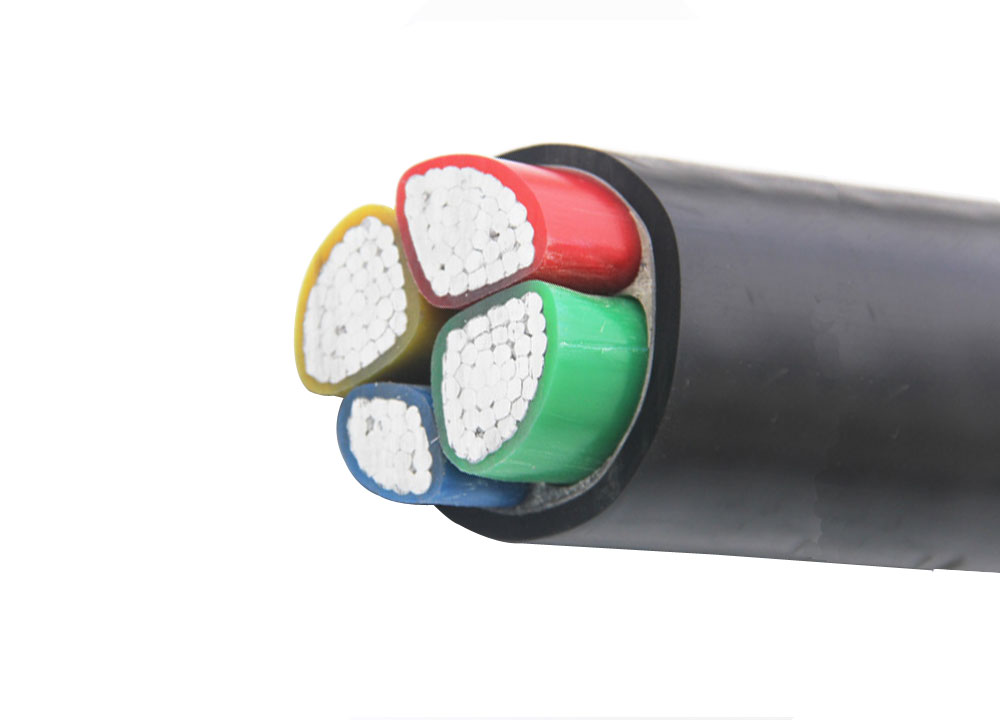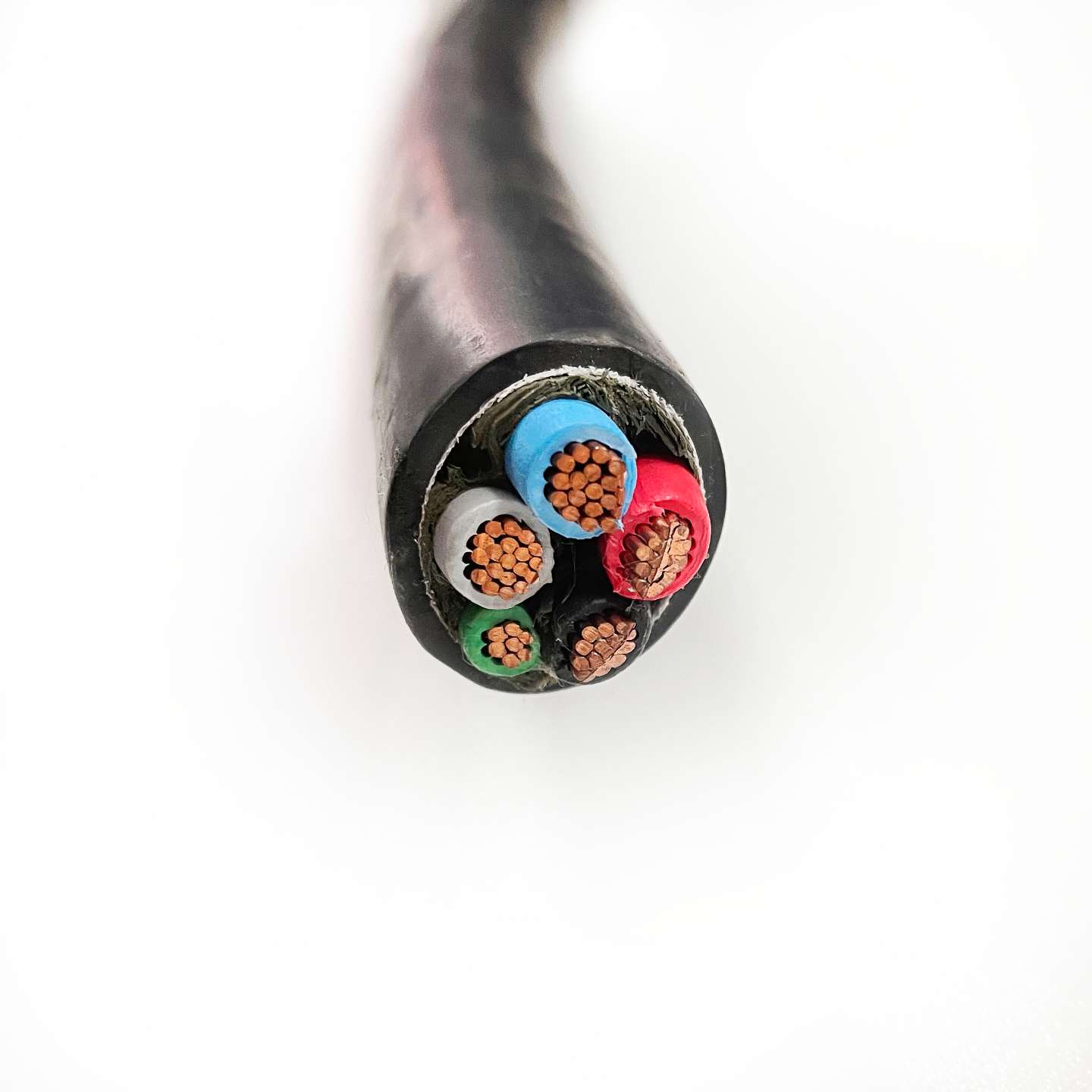Looking for a rugged and durable cable solution? Aluminum cables may be your best choice. High-quality Aluminum cable has many advantages, including strength, durability, and corrosion resistance. Plus, cables are available in a variety of types, so you can find the perfect cable for your needs. When installing aluminum cables, it is important to follow the proper tips to ensure a safe and successful installation.
Benefits
1.1 Increase durability
Aluminum wire is an excellent choice for many applications because it is extremely durable. This type of cable can withstand a lot of wear and tear, making it a good choice for use in harsh environments. Plus, aluminum cable is corrosion resistant, meaning it won’t rust or corrode over time. This makes it ideal for use in wet environments.
1.2 Increase corrosion resistance
Aluminum wire is usually chosen for its higher corrosion resistance. This is because aluminum is a non-ferrous metal, which means it does not contain any iron. Iron is known to corrode and rust, which can damage cables. Therefore, aluminum is a more suitable material for cables that may be exposed to moisture or other corrosive substances.
1.3 Weight reduction
Aluminum cables are often chosen for their weight-saving properties. It is a lighter material than copper, which means it is easier to transport and install. This can result in significant cost savings over the entire life of the cable.
How to choose the right Aluminum cable
2.1 Types of aluminum cables
There are three main types of aluminum cables: armored, unarmored, and sheathed. The best type of cable for your needs depends on the environment it will be used in and the degree of protection it requires. Armored cables are best for outdoor use, while unarmored cables are best for indoor use. Jacketed cable is a great multipurpose option that can be used both indoors and outdoors.
2.2 What factors need to be considered when choosing cables
When choosing aluminum cables, you need to consider several factors. The first is the rated voltage. Make sure the cable can handle the voltage of the device you are using. The second is the meter. The gauge of the cable refers to the thickness of the wires, and you need to make sure the gauge is right for the current flowing through it. The last factor to consider is the length of the cable. Be sure to choose a cable long enough to connect your device.
2.3 How to install aluminum wire
Installing a good quality Aluminum cable is a relatively simple process, but there are a few things you need to keep in mind. First, make sure the cable is the right size for your needs. You don’t want to end up with a cable that is too small or too large. Second, make sure you have the right tool for the job. You’ll need a cable cutter, a wire stripper, and a drill. Finally, make sure you follow the proper installation procedure.
2.4 Tips for Maintaining Cables
Maintaining aluminum cables is important to ensure their longevity. Here are some tips to help you get the most out of your cables:
1. Avoid exposing cables to extreme temperatures.
2. Keep away from corrosive substances.
3. Regularly check for damage.
4. If damaged, it should be repaired or replaced immediately.
Different types of aluminum wire
3.1 Classification of Aluminum Wire by Application
There are different types of good Aluminum cables, depending on their intended use. For example, there are aluminum cables for power transmission, aluminum cables for telecommunications and aluminum cables for low voltage applications. Each type of aluminum cable has unique properties that make it suitable for a particular application.
3.2 Aluminum Wire Types by Structure
There are different types of aluminum cables, classified according to their construction. The most common type is solid aluminum cable, which is made from a solid piece of metal. Another type is stranded aluminum wire, which is made of many fine strands of metal twisted together. This type is more flexible than solid cables, but is also easier to break.
3.3 Aluminum cable type according to shielding layer
There are different types of cables according to their shielding. Shielded cables have metal shields around the conductors that protect them from electromagnetic interference (EMI). Unshielded cables do not have this protection and are therefore more susceptible to interference.
Aluminum cable installation skills
4.1 The importance of planning
Installing cables can be tricky, so planning ahead is important. Make sure you know where you want the cable to go, and how much slack you need. If you are not sure how to do this, please consult a professional.
4.2 Cable size and capacity
When installing a quality Aluminum cable, it is important to consider the size and capacity of the cable. Larger cables can carry more current than smaller cables, so choosing the right size for the application is important. Capacity is also important because aluminum cables can overheat if they carry too much current.
4.3 Cable routing and protection
There are a few things to consider when routing and protecting aluminum cables. First, be sure to use a cable routing tool to help organize the cables and avoid sharp bends. Second, use a good quality cable protector to protect the cable from damage. Finally, make sure all cables are kept away from any moving parts or hot surfaces.
4.4 Terminated aluminum cables
When terminating aluminum cables, it is important to use the correct type of connector. There are two main types of connectors: compression and crimp. Compression connectors are typically used for solid aluminum cables, while crimp connectors are used for stranded aluminum cables.
To install a compression connector, first, slide the connector over the end of the cable. Then use a pair of pliers to squeeze the connector until it is fully compressed. Make sure the connector is fully compressed, otherwise a good connection may not be possible.
To install a crimp connector, first, slide the connector over the end of the cable. Then use a pair of pliers to crimp the connector until it is fully compressed. Make sure the connector is fully compressed, otherwise a good connection may not be possible.
ANYTE acts as cable manufacturer and supplier. Conduct strict tests on high-quality Aluminum cable and other products to ensure that you meet your high-quality, high requirements, and high standards for high-quality Fire resistant cable and other cables. The product life is longer than customer expectations, allowing you to have first-class product technology and international services in the first place.
Anyte Cable not only develops and manufactures standard high-quality cables, but also provides excellent solutions according to your needs and product applications. Welcome your inquiry at any time.
Related Products






